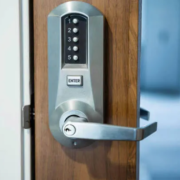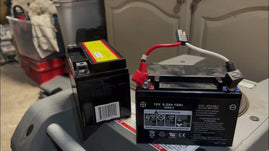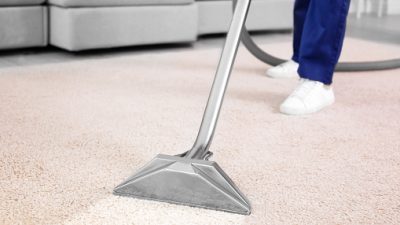In industrial environments, safety is paramount. Among the various protective gear required, veiligheidsschoenen (safety shoes) play a crucial role in safeguarding workers’ feet from numerous hazards. This article delves into the significance of veiligheidsschoenen their various features, and how they contribute to overall workplace safety.
The Role of Veiligheidsschoenen in Workplace Safety
Safety shoes are more than just a part of the uniform; they are a vital piece of personal protective equipment (PPE) designed to prevent injuries and ensure workers’ safety in hazardous environments. persoonlijke beschermingsmiddelen of dangers such as heavy objects, sharp materials, and electrical hazards.
Types of Veiligheidsschoenen and Their Features
Protective Toe Caps
One of the primary features of adembescherming is the protective toe cap. These caps, often made of steel, aluminum, or composite materials, shield the toes from impacts and compression injuries. This is essential in environments where heavy tools or materials are frequently moved.
Slip-Resistant Soles
Slip-resistant soles are another critical feature. Industrial settings often involve slippery surfaces due to spills, water, or oil. Slip-resistant shoes reduce the risk of falls, one of the most common workplace accidents. The soles are designed to provide maximum grip and stability.
Electrical Hazard Protection
In workplaces where there is a risk of electrical hazards, veiligheidsschoenen can offer protection against electrical shocks. These shoes are made with materials that provide insulation from electrical currents, safeguarding workers from potential electrocution.
The Impact of Veiligheidsschoenen on Worker Health and Productivity
Injury Prevention
Wearing appropriate safety shoes significantly reduces the likelihood of foot injuries. This includes cuts, punctures, burns, and crush injuries, which are common in industrial settings. By preventing such injuries, veiligheidsschoenen help maintain the health and well-being of workers.
Enhanced Comfort and Support
Modern veiligheidsschoenen are designed with ergonomics in mind. They provide adequate arch support, cushioning, and breathability, ensuring that workers remain comfortable throughout their shifts. This comfort can lead to increased productivity, as workers are less likely to experience fatigue or discomfort.
Compliance with Safety Regulations
Many industries are governed by strict safety regulations that mandate the use of specific protective gear, including veiligheidsschoenen. Compliance with these regulations is not only a legal requirement but also a moral one, ensuring that employers provide a safe working environment for their employees.
Conclusion
Veiligheidsschoenen are an indispensable element of industrial safety. They protect against a range of hazards, contribute to worker comfort, and help ensure compliance with safety standards. By investing in high-quality safety shoes, employers can significantly enhance workplace safety and productivity, ultimately fostering a safer and more efficient industrial environment.
























Comments